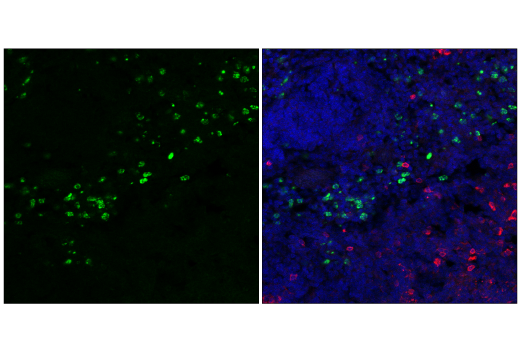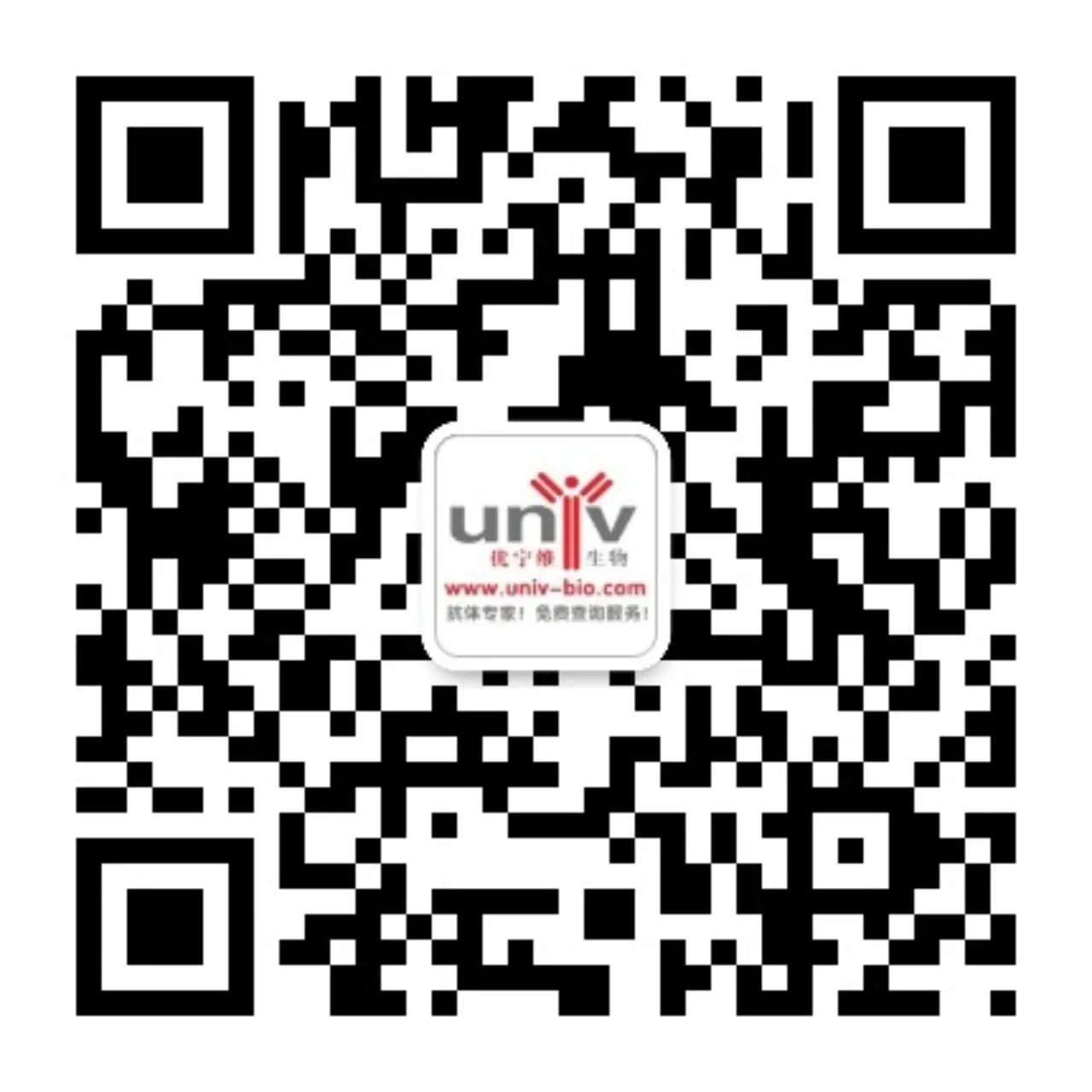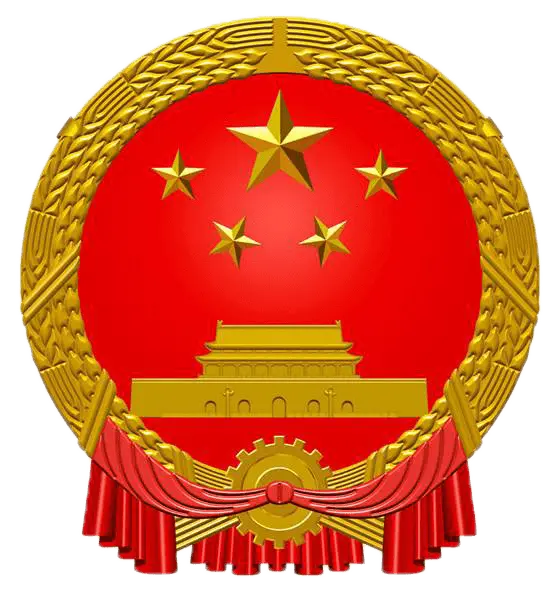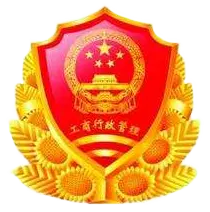





Product Usage Information
For optimal flow cytometry results, we recommend 1.0 μg of antibody per test.
| Application | Dilution |
|---|---|
| Immunofluorescence (Frozen) | 1:200 - 1:400 |
| Flow Cytometry (Live) | 1:50 |



Specificity/Sensitivity
Species Reactivity:
Mouse


The IL-7 receptor (IL-7R) is comprised of two protein subunits, CD127/IL-7Rα (IL-7Ralpha) and the common gamma chain (CD132), which is the major signaling component for several cytokines including IL-2, IL-4, IL-9, IL-15, and IL-21 (1). CD127/IL-7Rα is a transmembrane protein belonging to the cytokine receptor homology class 1 (CRH1) and is expressed by a wide variety of cells including immature B cells, thymic natural killer cells, bone marrow stromal cells, and T cells (5-6). On its own, CD127/IL-7Rα functions as a receptor for two cytokine receptor complex signaling cascades: IL-7 and thymic stromal lymphopoietin (TSLP) (2). IL-7 signaling contributes to T cell development and homeostasis whereas TSLP receptor signaling contributes to dendritic cell activation and B cell development. IL-7 signaling is an essential component in regulating the homeostasis of naive and memory T cells as differential expression of CD127/IL-7Rα is observed on naive and activated T cells, which occurs following TCR activation. Specifically, CD127/IL-7Rα expression is downregulated on activated T cells and the subsequent re-expression of CD127/IL-7Rα on these cells is indicative of cells that will differentiate into memory T cells (3-4).The A7R34 antibody is widely used to identify CD127/IL-7Rα expression on both B and T cells (6). 1.Rochman, Y. et al. (2009) Nat Rev Immunol 9, 480-90. 2.Levin, S.D. et al. (1999) J Immunol 162, 677-83. 3.Schluns, K.S. et al. (2000) Nat Immunol 1, 426-32. 4.Rochman, Y. and Leonard, W.J. (2008) J Immunol 181, 7699-705. 5.McElroy, C.A. et al. (2012) Proc Natl Acad Sci U S A 109, 2503-8. 6.Sudo, T. et al. (1993) Proc Natl Acad Sci U S A 90, 9125-9.












 用小程序,查商品更便捷
用小程序,查商品更便捷







 危险品化学品经营许可证(不带存储) 许可证编号:沪(杨)应急管危经许[2022]202944(QY)
危险品化学品经营许可证(不带存储) 许可证编号:沪(杨)应急管危经许[2022]202944(QY)  营业执照(三证合一)
营业执照(三证合一)